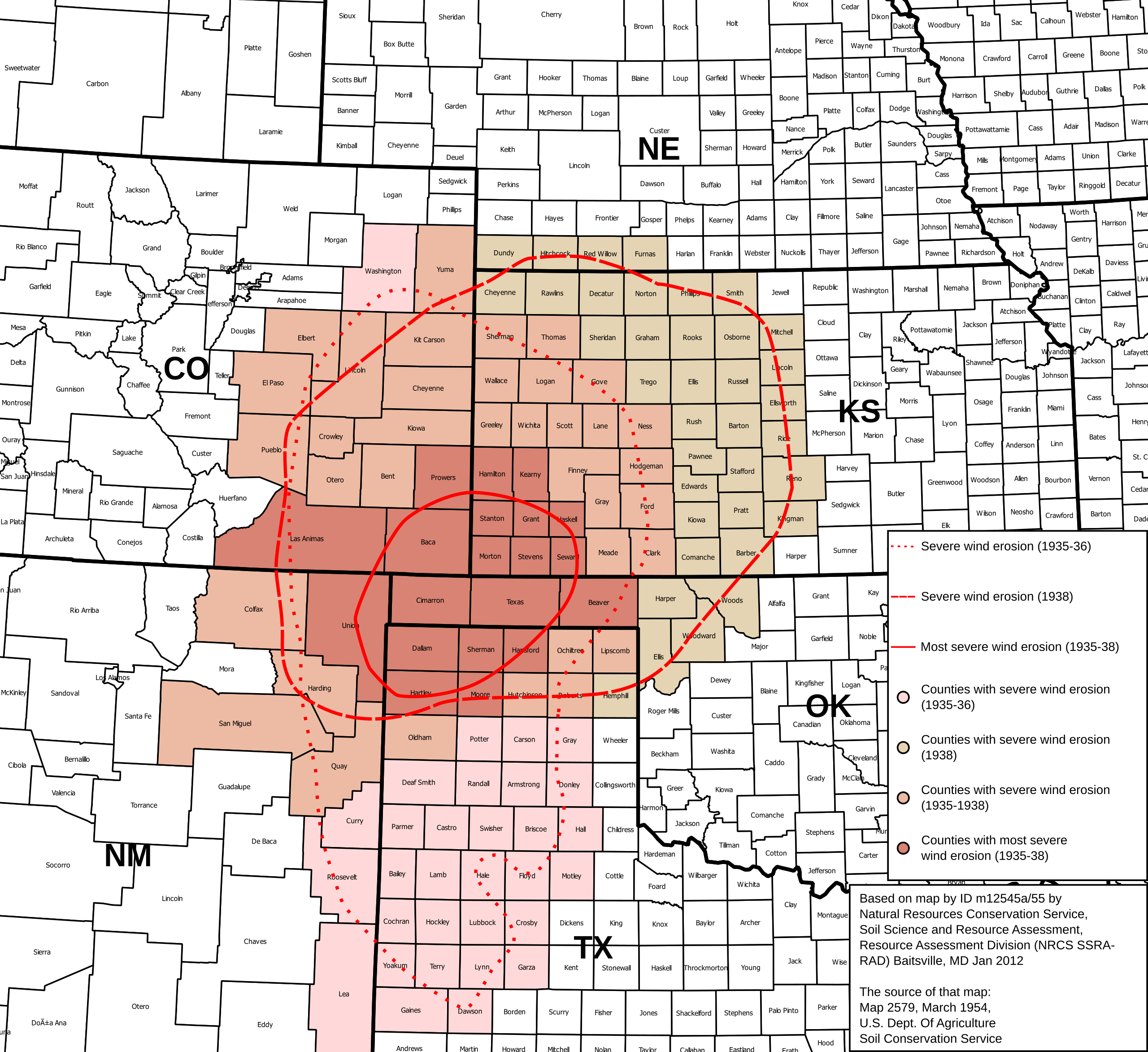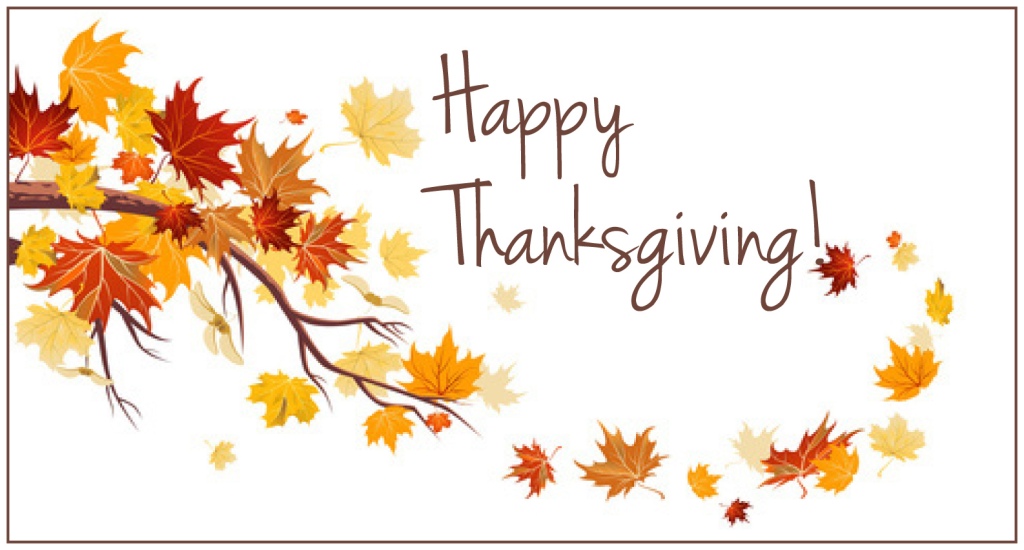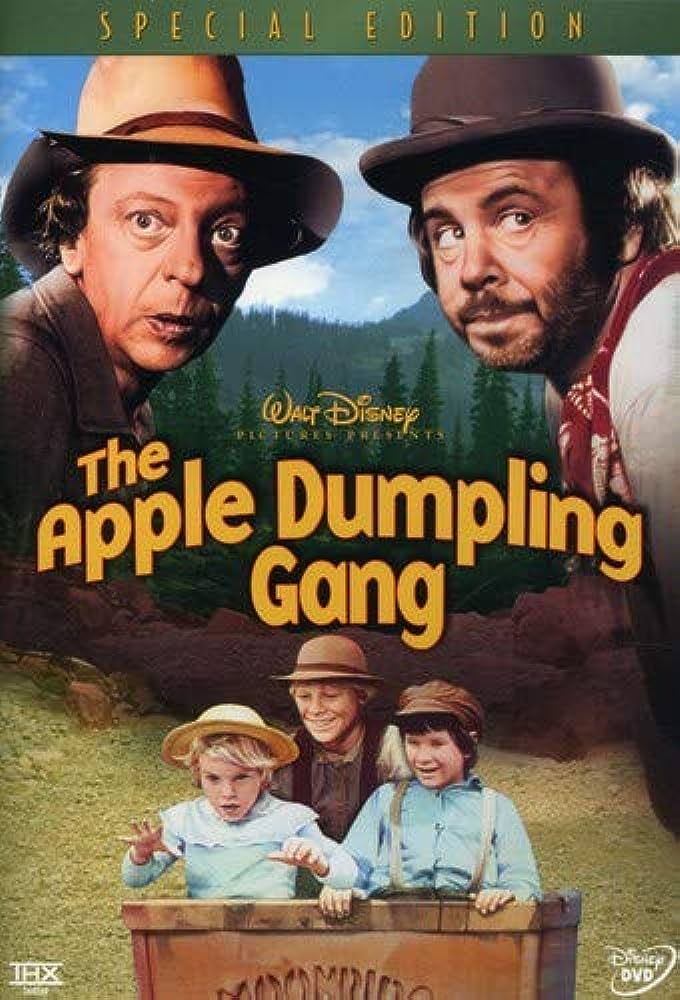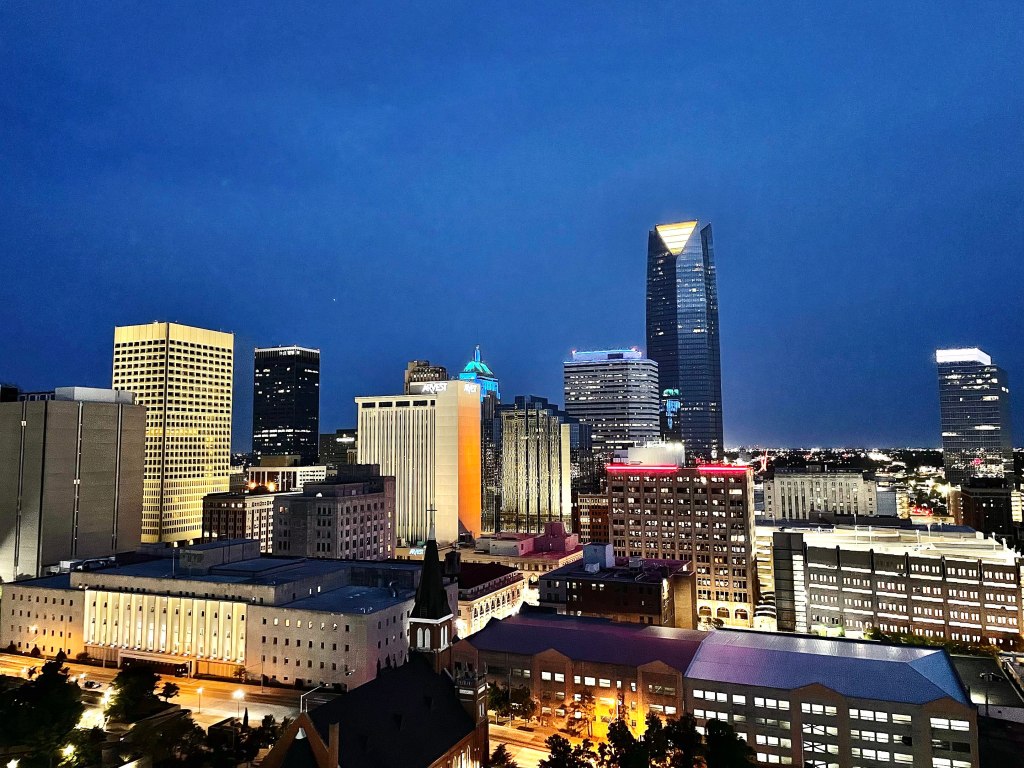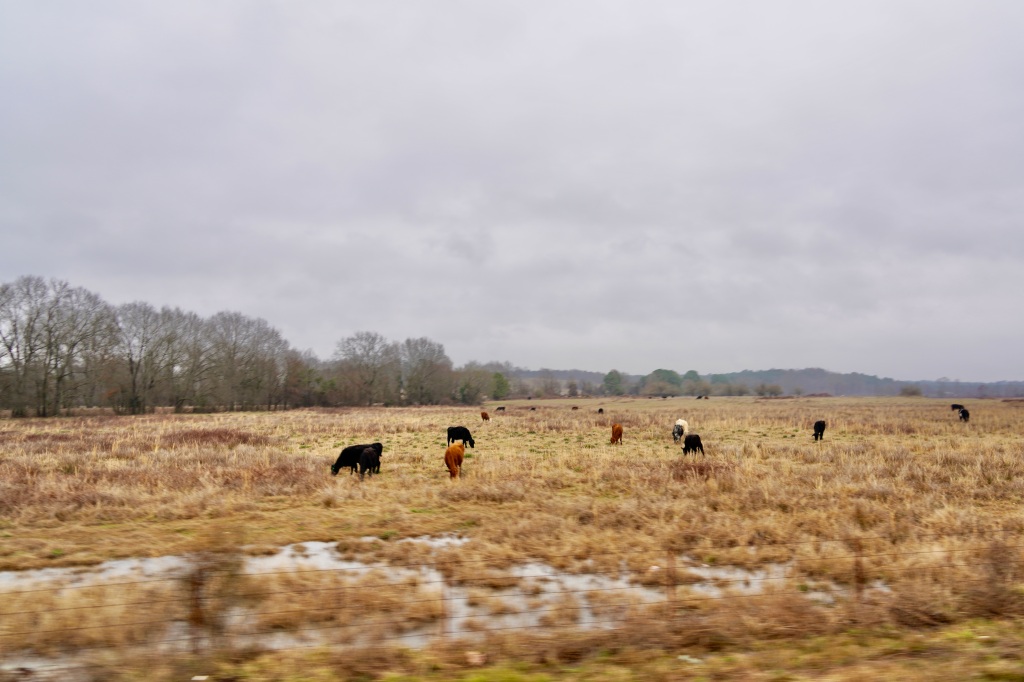
From The Arizona-Sonora Desert Museum, we headed straight to Phoenix to visit some dear friends.

“Straight” sounds fast, but there are always mountains to overcome, so everything takes longer than you’d think . . . just like all of life!

The closer we got to Phoenix, the greener life became.

The huge water resource for northern Arizona is the Colorado River, so a different system from the Rio Grande, which flows through New Mexico.

The Colorado River is about 1,450 miles long and drains nearly a quarter of a million square miles.

As a watershed for some of the southwestern slopes of the Rocky Mountains, it passes through five states and part of Mexico before entering the Bay of California.

So much of the water is used for irrigation in California’s Imperial Valley that sometimes the Colorado River dries up before it reaches Mexico (much like the Rio Grande in southern New Mexico).
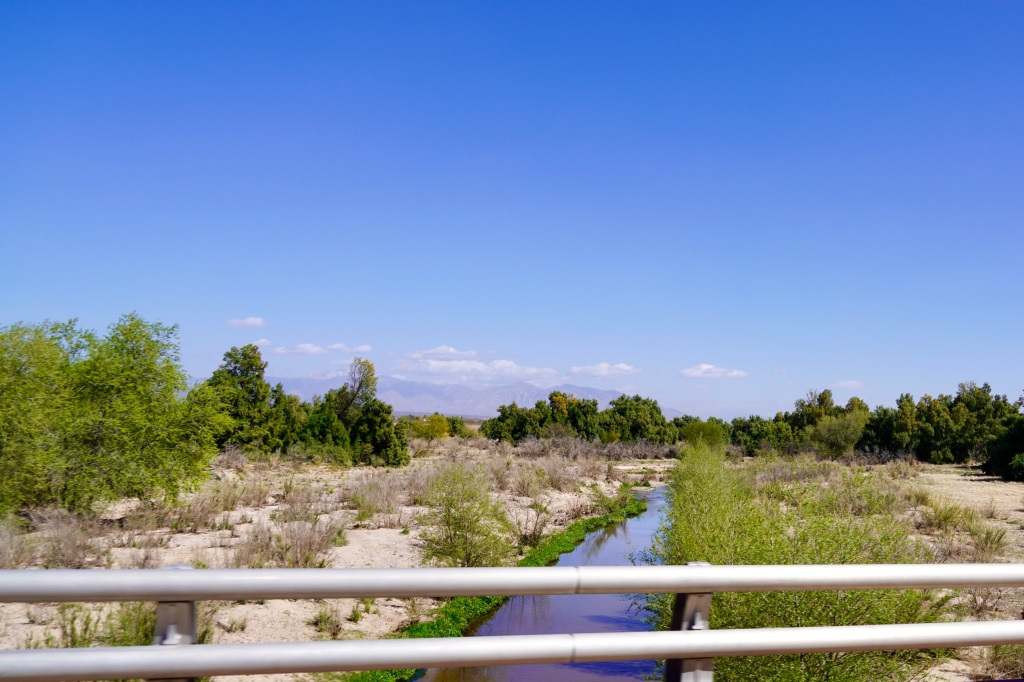
As we drove north toward Phoenix, we could see that there was still some water in their creeks, although there were no raging rivers like we saw in our travels through the North.
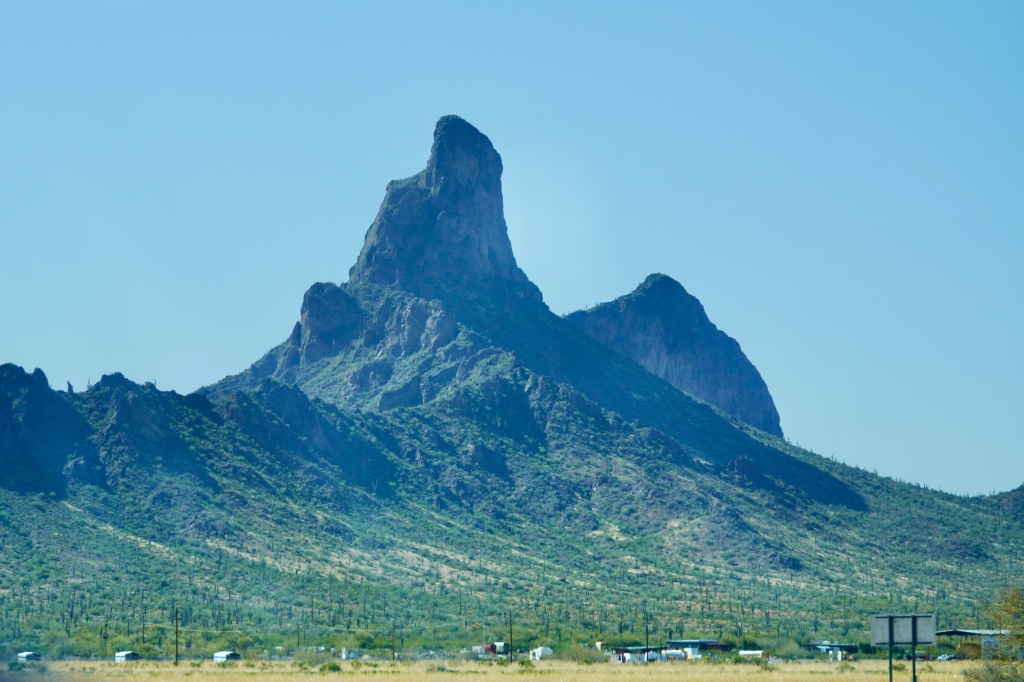
Picacho Peak, Arizon
How to provide enough water for people is doubtless one of the most serious problems in the Southwest!

With a population of over 1.6 million, Phoenix is Arizona’s biggest city, but we really by-passed it in order to visit our friends in Paradise Valley.

Although its relatively small, Paradise Valley is Arizona’s wealthiest municipality.
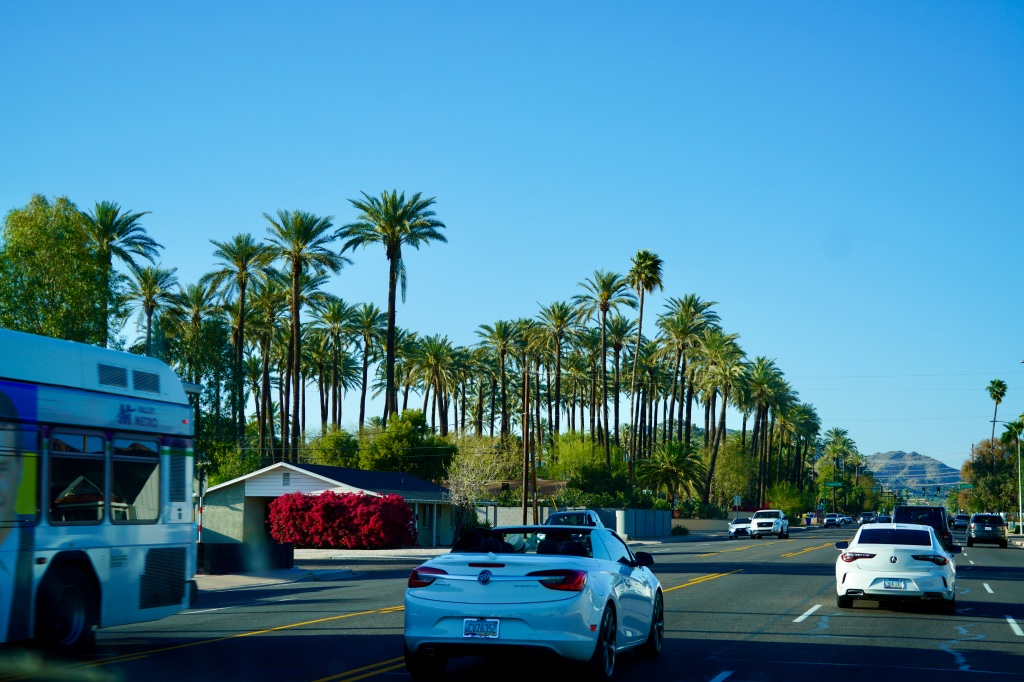
It reminds me of Palm Springs, California, or Boca Raton, Florida . . . lush and tropical . . . a true oasis in the desert.

Paradise Valley has made headlines in the Wall Street Journal as a premium place to buy real estate, and it’s become one of Arizona’s premier tourist destinations.

As the locals say, “There’s a reason why we call this paradise.”

Our friends know the Lord blessed them with this home, which they bought before the real estate market went crazy.

True, it’s the most glamorous home I’ve personally stayed at in the last 50 years, but Vittal is a very hard-working pathologist with uncanny investment sense, and he earned, saved, and made his money fairly.

Theirs is a beautiful love story of two people from India who came to this country and were able to make “The American Dream” come true.

Bougainvillea
And, that’s one of the things I love about America.

It’s still possible to work your way up from poverty to wealth by giving it “all you’ve got” and using your talents and gifts.

Like the story in Matthew 25, I believe God gave them “ten talents,” but they used their talents wisely and are enjoying the fruit of their labors! “For to everyone who has, more will be given, and he will have abundance” (Matthew 25:29).

Maya and Vittal are incredible hosts! Maya prepared about eight absolutely scrumptious Indian dishes. (I still need to get her recipes!)

They entertained us royally for a couple of days and had a wonderful guest house where we could have stayed, although Alan preferred staying in our Sanctuary (due to their darling doggies; Alan has pretty severe asthma.)

Talk about a room with a view!
(Camelback Mountain in the background)

There home was so mind-bogglingly beautiful that I couldn’t help comparing it to what our heavenly home might be like! “Let not your heart be troubled; you believe in God, believe also in Me. In My Father’s house are many mansions; if it were not so, I would have told you. I go to prepare a place for you. And if I go and prepare a place for you, I will come again and receive you to Myself; that where I am, there you may be also” (John 14:1-3).

Just what will heaven be like if life on this earth in Paradise Valley is so incredibly wonderful?

That evening, Vittal took us even further up the mountain to watch the sun set over Paradise Valley.

The sunset was stunning!

As night fell, I began to think about life after Paradise Valley. What about after we die?
Two nights ago, Alan and I watched an excellent documentary about near-death experiences. Whether or not you believe in life after death, I wish you’d watch this film. It’s fresh off the press (2023) and fulfills the IMDb summary, “After Death explores the afterlife with the guidance of New York Times Bestselling authors, medical experts, scientists, and survivors that shed a light on what awaits us.”

Before the night falls on our lives, let’s explore what comes afterward, as I believe there is life after death based on the teaching of Jesus who rose from the dead, and also corroborated by thousands of people who have had near-death experiences.

Will you also entrust your life to Jesus, who promises an eternal, resurrection life after this life that will make even the most beautiful homes seem like cottages?!
“Thomas said to Him [Jesus], ‘Lord, we do not know where You are going, and how can we know the way?’ Jesus said to him, ‘I am the way, the truth, and the life. No one comes to the Father except through Me’.” (John 14:5-6).


























